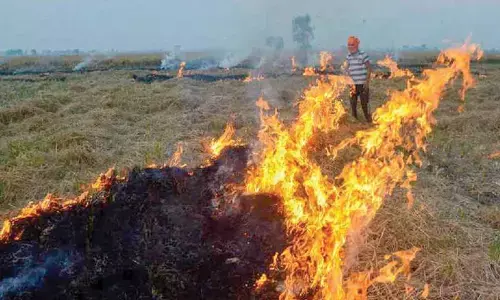New camera may help cut impact of volcanic ash on air travel: Study

Scientists have developed a new kind of camera that could help reduce the dangers, health risks and travel impacts of ash plumes during a volcanic eruption
London : Scientists have developed a new kind of camera that could help reduce the dangers, health risks and travel impacts of ash plumes during a volcanic eruption. Ash can have a major impact on human lives and infrastructure, such as the 2010 eruption of the Icelandic volcano, which brought international aviation across Europe to a standstill, said researchers at The University of Manchester in the UK. This research, published in the journal Scientific Reports, uses a new kind of camera to measure the flow and speed of ash falling out of a volcanic plume.
The researchers measure how ash particles interact with sunlight and, specifically, how they change the polarisation of sunlight, in a similar way to how polarised sunglasses work. This wouldn't have been possible without the development of the new "AshCam" which is the first camera of its kind in the world, researchers said. During a volcanic eruption heavy ash fall can lead to building collapse, potentially injuring or killing those inside. Exposure to ash can cause irritation to the nose, throat and eyes, as well as aggravating pre-existing health conditions such as asthma.
However, ash is also a major danger to other critical human infrastructure, including electrical, water and transportation networks, especially air travel -- such as the Icelandic eruption. "Volcanic ash is a primary product of an explosive volcanic eruption which generally poses a threat to human health and infrastructure," said Professor Mike Burton from The University of Manchester.
"The Icelandic eruption in 2010 highlighted to the whole world that ash-rich volcanic eruptions can have a major impact on the global economy through air space closures designed to minimise the risk of jet engine failure due to ash clogging," said Burton. The team visited Santiaguito Lava Dome, part of Santa Maria volcano in Guatemala, and measured a series of explosions with the camera. Santiaguito produces a number of these explosions every day, about one every two hours, making it the ideal place to test out new equipment, techniques and research models.




















